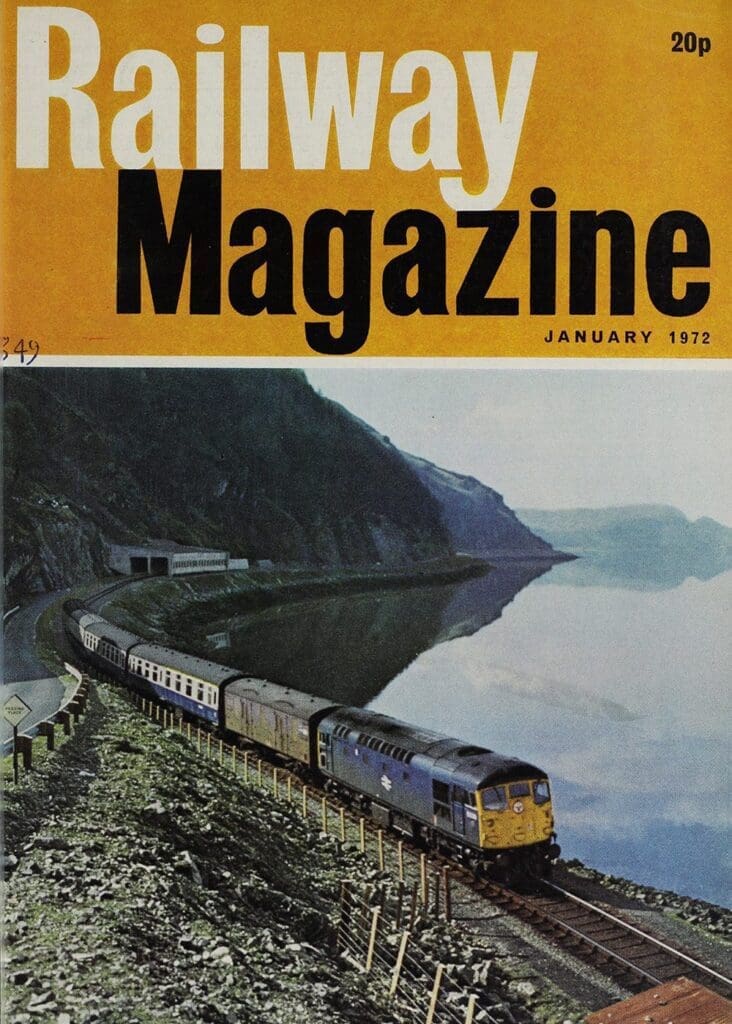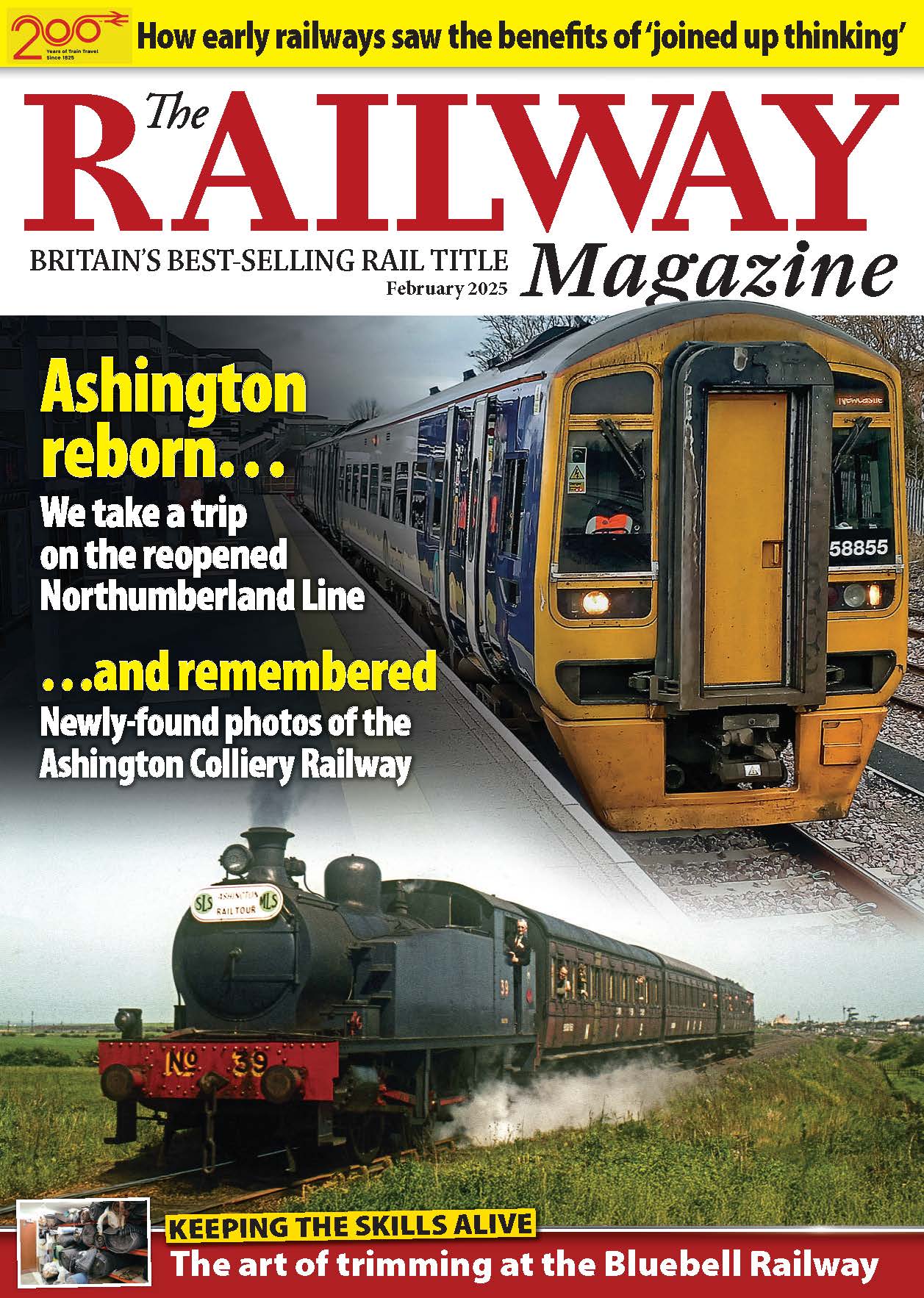From the January 1972 edition of The Railway Magazine

Authority has been given to London Transport by the Greater London Council to place orders for 121 new Underground trains of a total cost of nearly £39m. The order should qualify for a Government infrastructure grant of 75 per cent., with the remaining 25 per cent. being met by the G.L.C. The Northern Line will receive 33 of the trains, to fill the gap in its renewal programme between the time when 30 Northern Line trains now under construction come into service, and the subsequent stage when the remainder of the old Northern Line trains can be replaced by transferring “1959/62” tube stock from the Piccadilly Line. The new Northern Line trains will be similar to the 1967 stock on the Victoria Line.

The remaining 88 trains will be for the Piccadilly Line and each will be made up of two three-car sets in block formation. Each car will be 58 ft. long. giving a six-car train of 348 ft., compared with the present 364-ft. formation of seven 52—ft. cars. Some of the six-car units will have no cabs at the inner ends of each three-car set, but others will have cabs at both ends for use as three-car trains on the Holborn—Aldwych shuttle. On the three-car sets with only one cab, the additional space released will be used to provide two extra doors on each side. These sets will also have a simplified “shunting control” driving equipment at the inner ends, to enable them to be driven as three-car sets within depots.
Monthly Subscription: Enjoy more Railway Magazine reading each month with free delivery to you door, and access to over 100 years in the archive, all for just £5.35 per month.
Click here to subscribe & save
Why not upgrade your Railway Magazine subscription to include access to our extensive archive? Read every issue dating back to 1897. Click here for more information.
While many 1967 tube stock features, such as wrap-round windscreens, double-glazed windows, and higher windows in the doors will be incorporated, many new features will appear also, including sliding doors with pneumatic seals for the cabs (similar to later deliveries of “C69” surface stock), and thermostatically-controlled ceiling-mounted fans to improve ventilation.
Bogies will be based on those of the 1967 stock, but will incorporate a system of load weighing for traction and braking Plirposes. Two—thirds of the axles of each three-car set will be driven; each motor bogie will have two 300V d.c. traction motors connected in series.
Traction equipment has been re-arranged on the car underframe and incorporates a single camshaft in place of two. Westinghouse “Westcode” electro-pneumatic brakes incorporate slip/slide protection allowing individual carload control to be used instead of retardation control. Loss of electrical feed to the system causes the car brakes to be applied. Some trains may have electrically—operated doors to afford a large-scale test of this equipment. The trains will include provision for automatic train operation with one man, which can be built in when required in the future. Delivery should begin in 1974.
Bodies and bogies will be built by Metropolitan-Cammell Limited. of Birmingham. External finish will be of unpainted aluminium except for a deep red band across the lower section of the cab front.




